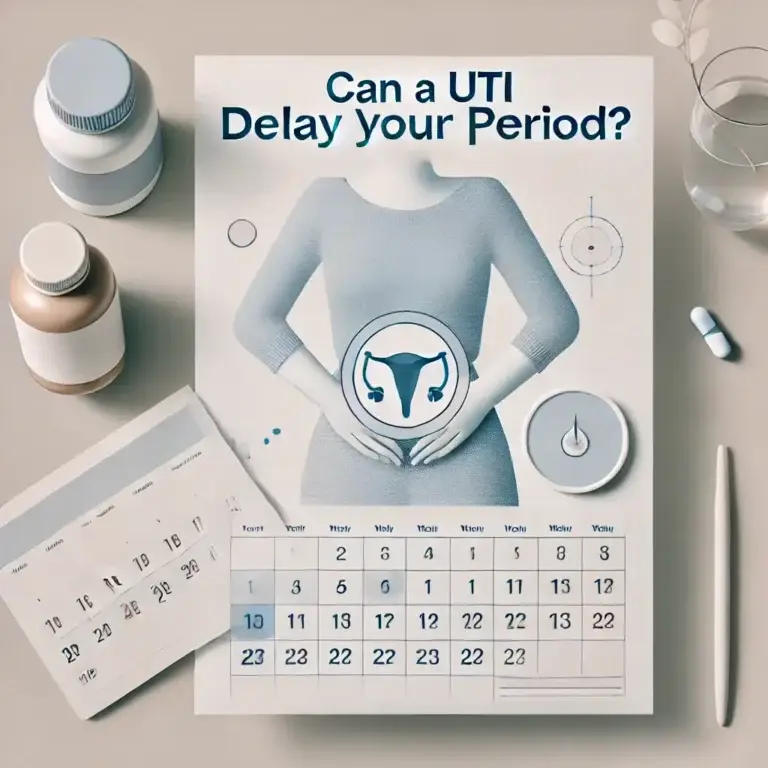Cramping can be a confusing symptom for many women. Whether you’re eagerly hoping for a positive pregnancy test or preparing for your next period, understanding the nuances between period cramps vs early pregnancy cramps is crucial. While they may feel similar, they stem from different causes and can indicate vastly different things happening in your body. This article will help you decode the differences and recognize what your body is trying to tell you. Let’s explore!
Period Cramps vs Early Pregnancy Cramps: Key Differences

Menstrual cramps and early pregnancy cramps each have their unique characteristics, though they may initially feel similar. The key lies in recognizing the subtle variations in timing, sensation, and accompanying symptoms.
1. Timing of Cramping
One of the clearest distinctions lies in timing. Period cramps tend to appear 1–3 days before menstruation begins and last through the first few days of your period. On the other hand, cramping occurs in early pregnancy roughly a week before your period is due.
2. Associated Symptoms
- With Period Cramps: Symptoms like bloating, fatigue, and mood swings associated with PMS are common.
- With Early Pregnancy Cramps: You may notice early signs of pregnancy, including nausea, fatigue, and heightened sensitivity to smells.
3. Bleeding Characteristics
- Menstrual Cramps: Accompanied by heavy bleeding that lasts 4–7 days.
- Early Pregnancy Cramps: May be accompanied by light spotting or implantation bleeding, which is typically pink or brown and lasts only a day or two.
4. Pain Intensity and Location
While both types of cramps occur in the lower abdomen, menstrual cramps are often more intense and can radiate to the back and thighs. Early pregnancy cramps are milder and more localized.
How to Differentiate Period Cramps vs Early Pregnancy Cramps: Practical Tips
If you’re still unsure whether you’re experiencing period cramps or early pregnancy cramps, consider these tips:
- Track Your Menstrual Cycle: Knowing your cycle can help you spot irregularities.
- Pay Attention to Symptoms: Look out for similar symptoms, like bloating or nausea, but also for unique signs such as implantation pain or tender breasts.
- Take a Home Pregnancy Test: When in doubt, a reliable way to check for pregnancy is using a home pregnancy test after a missed period.
Can Early Pregnancy Cramps Be Mistaken for Something Else?
Yes, early pregnancy cramps feel similar to other conditions, making it easy to misinterpret them. For example:
- Ovulation Pain: Mild cramping mid-cycle when the ovary releases an egg.
- Digestive Issues: Bloating or gas can mimic cramping sensations.
- Stress or Fatigue: These factors can intensify your body’s perception of discomfort.
Managing Cramping: Tips for Daily Life
Both types of cramps can affect your daily routine, but they typically demand different management approaches. While menstrual cramps might require regular pain relievers, early pregnancy cramps usually don’t need medication. Understanding these differences helps you navigate your daily life more effectively.
For menstrual cramps, you might find relief through:
- Applying heat therapy
- Taking appropriate over-the-counter medications
- Engaging in gentle exercise
- Making dietary adjustments
For early pregnancy cramps, consider:
- Getting extra rest
- Staying well-hydrated
- Avoiding strenuous activities
- Using relaxation techniques
When to Seek Medical Attention
While both types of cramping are usually normal, certain situations warrant medical attention. Sometimes, cramping may signal a more serious issue. Seek medical help if:
During your menstrual cycle:
- Unusually heavy bleeding that soaks through protection hourly
- Severe pain unrelieved by normal measures
- Fever or extreme fatigue
During suspected early pregnancy:
- Sharp, persistent pain
- Heavy bleeding
- Severe dizziness
- Intense nausea
Confirmation and Next Steps
If you suspect pregnancy, home pregnancy tests can provide initial answers, but timing matters for accuracy. The presence of similar symptoms between periods and early pregnancy can be confusing, but paying attention to subtle differences helps guide your next steps.
Tracking Your Symptoms
Consider keeping a simple record of:
- When cramping begins and ends
- The type and intensity of pain
- Any accompanying symptoms
- Changes in your normal patterns
This information can help you identify patterns and share relevant details with healthcare providers if needed.
Special Considerations
Remember that every woman’s experience is unique. Factors influencing your experience might include:
- Previous pregnancies
- Age
- Overall health status
- Stress levels
- Physical activity level
Conclusion
Learning to differentiate between period cramps vs early pregnancy cramps takes time and attention to your body’s signals. While they may share some characteristics, understanding their unique patterns helps you better interpret what your body is telling you. Whether you’re experiencing menstrual discomfort or possibly early pregnancy symptoms, remember that your experience is unique to you. Don’t hesitate to seek professional guidance when needed, as they can provide personalized advice based on your specific situation.
Always trust your instincts – if something feels unusual or concerning, reaching out to a healthcare provider is the best course of action. They can help you navigate these experiences with confidence and ensure you’re taking the best care of yourself during this time.
Disclaimer: The information provided in this article is intended for general educational purposes only. Always consult a healthcare professional in case of any health issues.
READ ALSO: Discharge Before Period vs Early Pregnancy: A Detailed Comparison


